

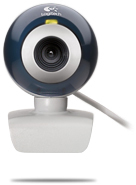
You can check your webcam Linux compatibility here (it’s highly recommended to look through this list before buying camera). If your one is supported and column “Support” in above mentioned list is green it’s time to install drivers. Ubuntu users should execute the following command to install it:
sudo aptitude install gspca-source -y
After it’s done, you should restart your computer or run sudo modprobe gspca in order to load newly installed driver (don’t forget to plug your webcam). To check if driver is loaded normally you can run dmesg and look for “gspca” related lines, like these ones:
[15808.524000] usbcore: registered new interface driver gspca
[15808.524000] /home/viper/gspcav1-20070508/gspca_core.c: gspca driver 01.00.18 registered

The next step is to install ZoneMinder – a heart of our system. As it comes from developers’ site, it’s top Linux video camera security and surveillance solution.
ZoneMinder is intended for use in single or multi-camera video security applications, including commercial or home CCTV, theft prevention and child or family member or home monitoring and other care scenarios. It supports capture, analysis, recording, and monitoring of video data coming from one or more video or network cameras attached to a Linux system.
Installation procedure of ZoneMinder is extremely simple with Ubuntu:
sudo apt-get install zoneminder apache2 php5-mysql libapache2-mod-php5 mysql-server ffmpeg
if you use Dapper or Feisty I recommend you to read this. Once apt-get installation is finished run the following commands:
sudo ln -s /etc/zm/apache.conf /etc/apache2/conf.d/zoneminder.conf
sudo /etc/init.d/apache2 force-reload
At this point ZoneMinder is installed, and you can load it’s control panel with your favorite browser (I hope it’s Firefox 🙂 ): (replace 127.0.0.1 with IP address of computer you’ve installed ZoneMinder to). You should see empty ZoneMinder Console Page. If you see it the next step is to configure ZoneMinder, if you don’t it’s time to ask Google to help you or pray for gurus of this forum 🙂
Click at the “Options” of ZoneMinder Console to configure it. Here are screenshots of four main tabs:
After you saved new settings by pressing “Save” button it’s necessary to apply them: sudo /etc/init.d/zoneminder restart.
The next step is to create camera monitors. Click at “Add new monitor” and fill up suggested fields as it’s shown at the following pictures:
Don’t forget to set up function for newly added monitor (press appropriate link).
If everything is done properly after pressing at the name of Monitor you’ve added you should see the picture like this one:
How do you think where on the picture is the author of the post? 🙂
In case you have multiple cameras you should add more ZoneMinder monitors. That’s it, system is up and running.
[digg-me] By the way ZoneMinder has a lot of useful functions and is well documented, so I hope it won’t be difficult to set up certain feature.
Hope this manual helps you! And good luck!
P.S. You can use USB extension cables for your webcams to place them in unexpected places 😉

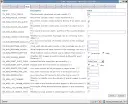
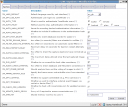
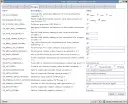

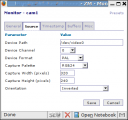
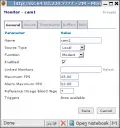

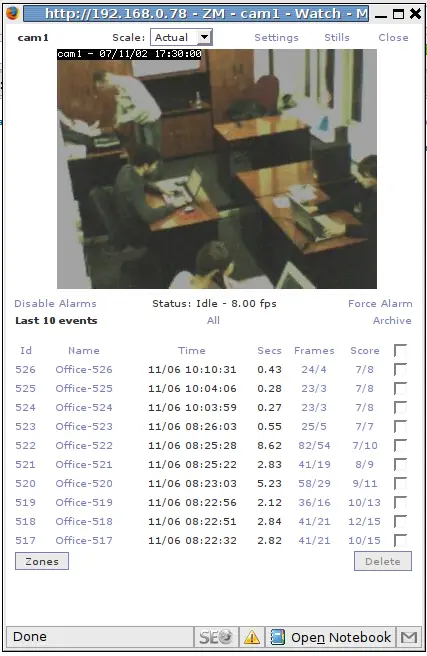
admin you tosser – piss off.
And to the author of this article – thanks. sure has helped me a bunch.
I already found a similar article on the net but pleased to read this one.
It made the installation go smooth.
Thanks !
hi there – i have installed zoneminder but having trouble working out how to email/ftp the events which is kind of necessary in case a potential thief takes the server with him. been looking all around the web/wiki/manual but to no avail – if you have figured this out maybe you can extend this howto to include this info… 🙂
Hi,
GREAT GUIDE!!
I have set this up but I cannot figure out how to password protect access to zoneminder, form either the local network or the internet.
Can anyone help?
Figured it out. as I am relatively new to linux it is a bit of a learning curve.
Great article but I'm getting errors:
11/08/2009 18:57:20.081253 zmwatch[4821].ERR [Can't get shared memory id '7a6d0001', 1: No such file or directory]
I'm on Ubuntu 9.10. I'll do some googling and report back status.
11/08/2009 18:57:20.081253 zmwatch[4821].ERR [Can't get shared memory id '7a6d0001', 1: No such file or directory]
Maybe this fixes it. Hope it helps! 😉
# echo 134217728 >/proc/sys/kernel/shmall && echo 134217728 >/proc/sys/kernel/shmmax
Adding the following in /etc/sysctl.conf will make the changes automatically at boot time
kernel.shmall = 134217728
kernel.shmmax = 134217728
You can reload sysctl.conf using -p flag
# sysctl -p